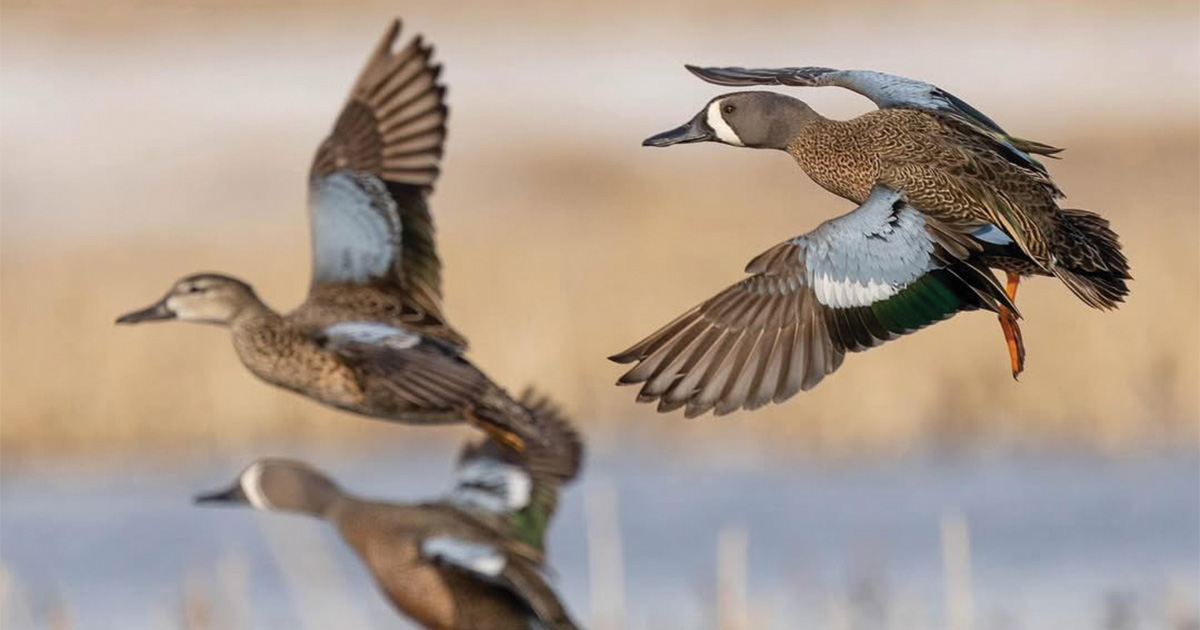Migration Alert: Waterfowl Begin to Trickle into South Texas
Nov. 7, 2025 – Central Flyway – Texas
Nov. 7, 2025 – Central Flyway – Texas

Abnormally warm October and early November weather coupled with persistent drought in many areas made for a tough start to the South Zone duck season in the Lone Star State. For many hunters, the first few days of what is traditionally a fast-paced opening week were largely a continuation of the lackluster September teal season in the region.
“Our second and third waves of bluewings never got here in September, and it looks like they still haven’t made it here yet,” reports waterfowl guide Ray Sexton. “We keep waiting for ducks to show up, but they haven’t.”
The same appears to be true for other species of migratory birds. “The first wave of white pelicans did not arrive until a couple of days before the season, and that’s about two to three weeks behind schedule,” Sexton says.
Many outfitters report that they can’t remember an opener so devoid of ducks, although there were some bright spots opening weekend. Moist-soil units in southwest Matagorda County provided good shooting for blue-winged teal.
Hunters on the east side of Houston in Chambers and Jefferson Counties had similar results. “We had great hunts on Saturday, and about half of our blinds were slow on Sunday,” says Brian Davenport of Fin and Fowl Outfitters near Anahuac. “Ninety percent of our straps were bluewings, and I didn’t even see a spoonie last weekend.”
North Zone hunters, who get their first crack at ducks on Saturday, share the same prospects. Lakes and ponds are suffering from drought, so water is at a premium. Hunters report that teal are scattered on shallow lake flats with little to no sign of big ducks.
The upside of all the October and November heat is that freshwater ponds and brackish marshes continue to produce submerged aquatic vegetation. Normally, cool October nights slow or halt the growth and production of pondweed, wigeon grass, and southern naiad that wintering waterfowl relish. However, many wetland managers, outfitters, and biologists have noticed that marsh ponds continue to bloom with vegetation. That bodes well for hunters once the ducks finally arrive.
“I don’t think we’ve got our normal push of birds for this time of year, but we have our fingers crossed,” Davenport adds. “Looks like there is a pretty good cold front coming next week, and hopefully it will push in new birds.”
Stay up to date with the latest migration information.
Ducks Unlimited uses cookies to enhance your browsing experience, optimize site functionality, analyze traffic, and deliver personalized advertising through third parties. By continuing to use this site, you agree to our use of cookies. View Privacy Policy